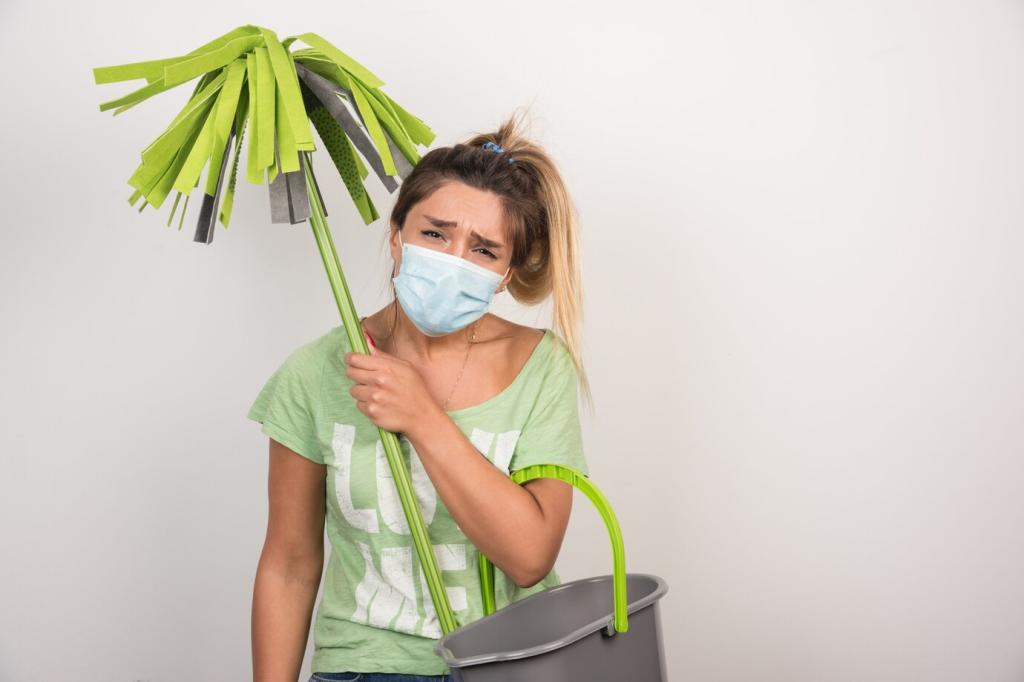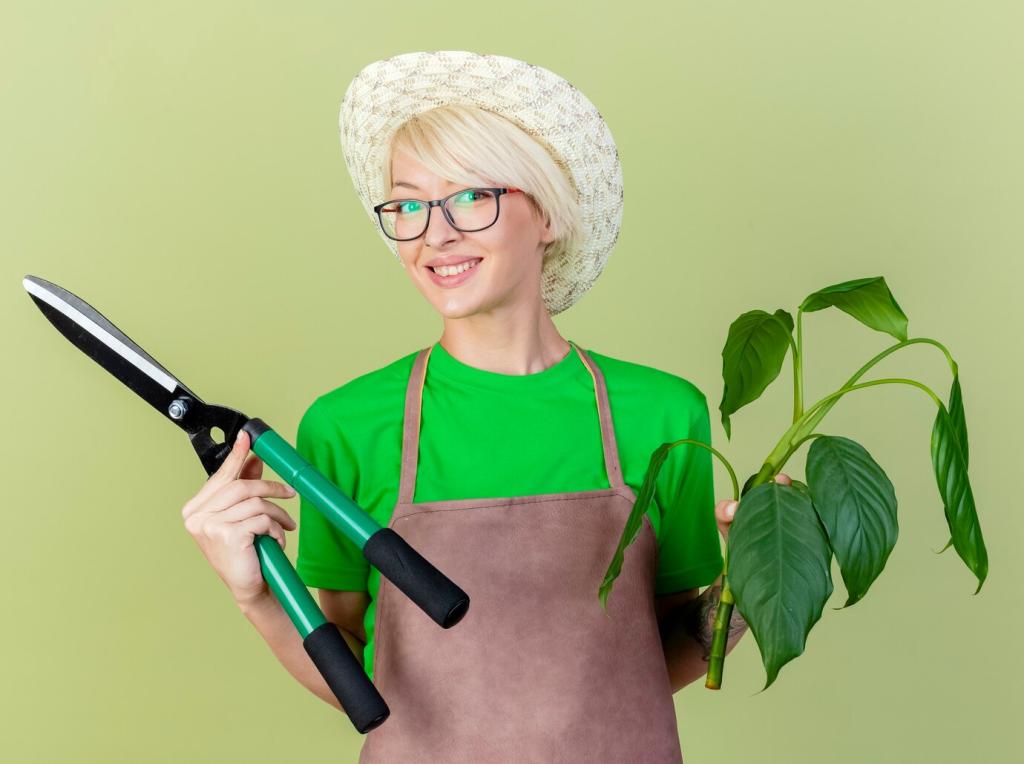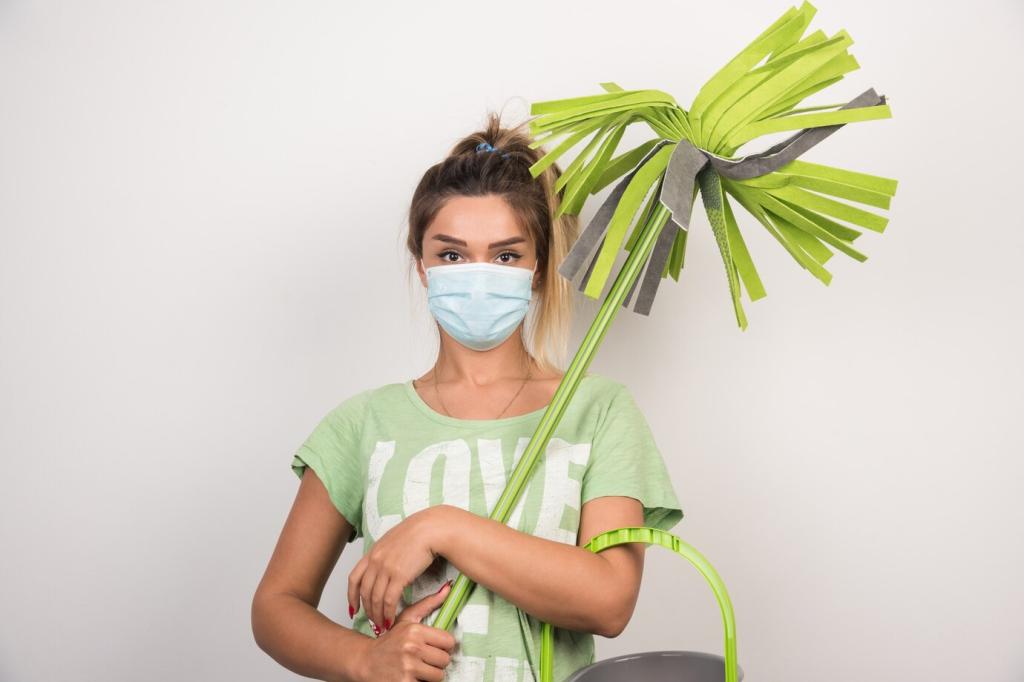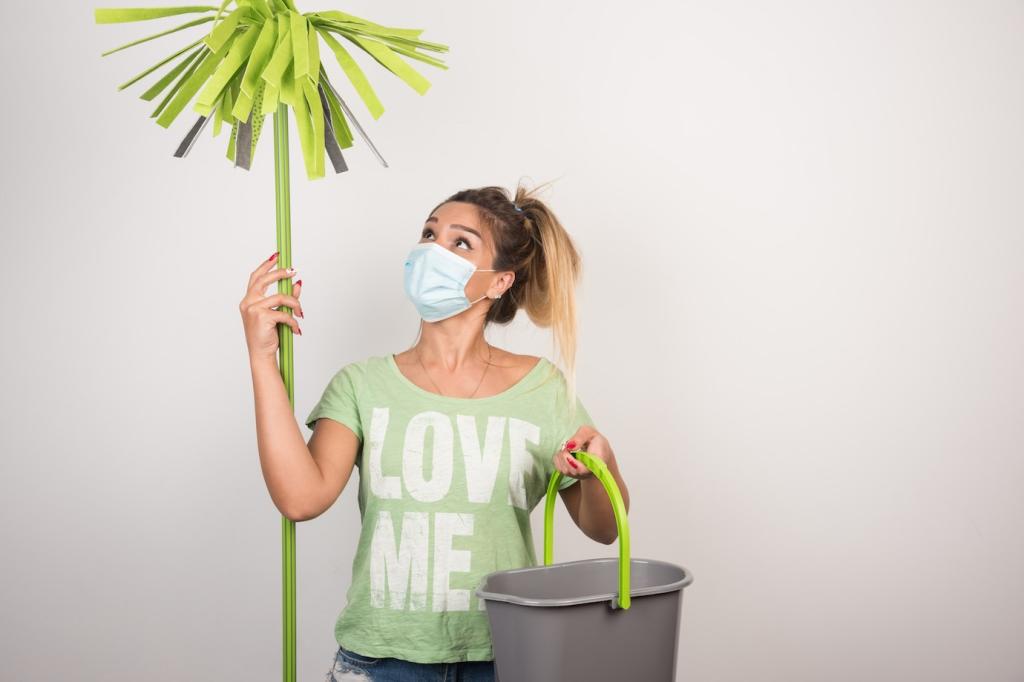
Natural Waxing Techniques for Wooden Surfaces: Restore, Protect, and Let the Grain Shine
Selected theme: Natural Waxing Techniques for Wooden Surfaces. Welcome to a hands-on, nature-first approach to finishing wood with warmth and authenticity. Discover tips, stories, and trusted steps for silky, durable, low-VOC finishes—and subscribe to follow every new technique and seasonal maintenance guide.
Essentials of Natural Waxing for Wooden Surfaces
Beeswax delivers a soft, honeyed glow and easy spreadability, while carnauba adds hardness and scuff resistance for tables or floors. Candelilla, a plant-based option, offers a vegan-friendly alternative with a crisp sheen. Blend thoughtfully to tailor feel, durability, and shine.


Essentials of Natural Waxing for Wooden Surfaces
Sand to 180–220 grit so the wax has micro-tooth without burnishing the surface. Vacuum thoroughly, then wipe with a clean, lint-free cloth to remove dust. Ensure moisture content is stable, and test compatibility if the wood was previously oiled or stained.



Application Techniques for Different Woods and Uses
Warm a small amount of wax between your fingers and work across the grain first to massage paste into pores. Then follow the grain with light, even strokes. Burlap or a firm brush helps seat wax in valleys, highlighting dramatic ray flecks without clogging texture.

Buffing and Sheen: From Matte Glow to Silky Shine
01
Start with a clean, tightly woven cotton cloth or a horsehair brush. Use small circles, then finish with long passes along the grain. Vary pressure subtly: light for matte, firmer for satin. Rest your hand occasionally; heat from friction can soften wax unpredictably.
02
A low-speed buffer with soft microfiber pads can deliver uniform sheen on large panels. Keep the tool moving and avoid corners where buildup occurs. If shine turns glassy or slippery, pause, let the wax rest, then rebuff by hand to regain a natural, touchable feel.
03
After buffing, let the piece breathe for a day or two before heavy use. Water resistance improves as wax hardens, but coasters remain your friends. The finish will mellow beautifully with handling—share how your table’s sheen evolved over months for others to learn from.
Dust with a dry microfiber cloth and avoid silicone sprays that interfere with future waxing. In kitchens, wipe spills promptly and refresh high-traffic zones quarterly. A feather-light coat rejuvenates dull areas without building thickness, keeping the surface breathable and tactile.
Maintenance, Spot Repairs, and Long-Term Care


Sustainability and Health: Why Natural Wax Wins
Natural waxes typically deliver minimal fumes compared to many film finishes, making small spaces more comfortable. Essential oils add pleasant scent, though sensitive users should patch test. Good ventilation and patient curing keep the process gentle on lungs and nerves.
Sustainability and Health: Why Natural Wax Wins
Support local beekeepers for responsibly harvested beeswax, and look for verified sustainable carnauba. Candelilla provides a plant-based alternative for vegan projects. Reuse tins, buy bulk when possible, and share trusted suppliers to help the community make conscientious choices.
Join our mailing list
